Getting Over the Fear of Teaching Online and Video Lessons
By Jennifer Foxx
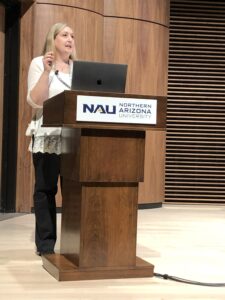
I thought the conference theme this year was a perfect one to share my presentation, Getting Over the Fear of Teaching Online and Video Lessons. This is a session where I stress that teaching online or giving a video lesson does not have to be complicated. Sometimes we don’t try something new simply because we are afraid of all the bells and whistles of what is out there. So instead of just trying it, in a more simple way (the bells and whistles can be added later if you decide to use them), we tend to hold back and don’t do anything. I will be sharing this presentation at TMTA in Houston next week and also plan on sharing this presentation as an online mini-course, so stay tuned!
The Secret to Composing
By Christoper Oill

Christopher begins by sharing the benefits of composing. I loved how he likened it to a “pedagogical iron.” This is when you have a particular issue that you can focus on and “iron” out that issue.
Other Benefits
- Practical theory/aural skills- “vitamins”
- Student centered- students point of view and prospective
- Rep exploration
- Blooms Taxonomy
There is the talent myth, that you must be talented in order to compose. Another myth is the theory myth which is the need to know the theory in order to compose.
Some other problems that might occur…
Throw the mud at the wall (dabble)
- Inefficient
- Hit or miss
Tried and true
- Boring
- Regression
Christopher reminds us that “good ideas is just a few steps away.” Literally…
Here are some steps that can help you towards successful composing.
Step 1: Think
- Trying is the first step towards failure.
- A technique? Concept? Emotion? Event? Friend?
- Have a purpose
Step 2: Outline
- Intro, coda, transitions
- Form
- Create your story based on your purpose
Step 3A: Research
- Listen- inner ear, YouTube, Spotify…. Live!
Step 3B: Take notes
- Listen for- Rhythm, dynamics, texture, harmony, timbre, melody, form
- A good harmony is usually a half step away. Experiment with half steps if you aren’t sure if your harmony.
Step 4: Sketch (experimenting/improvising)
- Start small
- “Ride” the phrases- keep it simple
- Record immediately
Step 5: Scale
- Balance tension and release
- If it’s boring, cut it out
- If it’s cluttered, split it up.
- If it’s short, use the 3 R’s- re-use, re-cycle, repeat
- If it stinks, scrap it.
Writing an Adventure Movie Theme with Your Group Class
By Maria Flurry
Maria went through the steps she takes when she is composing in a collaborative way together in a group class. Much of her presentation was using us as an example of what she would say if she was doing this with one of her classes. Occasionally she would point out things to us in our teacher “setting.”
I really enjoyed how she did this as it was helpful in seeing how she involved the whole “class” to come up with ideas.
The first thing you want to do is have students be familiar with some basic vocabulary so when you ask questions, they know what you are talking about. For example, what is a motive? Then it’s helpful to analyze a successful TV show or movie theme that they might be familiar with. Listen, go over it and together, ask questions about the rhythm, harmony, texture, melody, dynamics, orchestration and so on.
Once they are familiar what to listen for and analyze what they are hearing, it becomes more relevant to them when the next step is taken which is to compose. Again, the key to a collaborative composition is to work together and get everyone involved in sharing ideas and feedback.
Leading Young Students Through Composition
By Henry Flurry
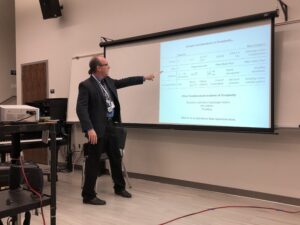
Simplest guidelines to get students started.
- C five finger
- 7 notes
- Last note is finger 1
- Optional: First note is finger 1, 3 and 5
- Apply to rhythm
- LH- open fifth or chords
Question and Answer phrase
- Keep first measure
- 3 notes replace last measure
- Last note is NOT finger 1
- LH in same style as before
- Play this first, then the other one.
Add dynamics, articulations, etc…
Add Title- Imagine your in a museum looking at a picture. Is the picture outside/inside? Nature? Buildings? Do we see water/land? Trees/mountains? Night/day? Weather? Animals? What other things do you see in your picture? Are there two more important then the others? A title that uses those two things?
A little more complex-
- Same as above but going through mode options first.
- Then adding I, V and IV chords in LH
- Then after Q/ A then add a B section and then back to A.
Let’s try this one (or a different one) and see if it’s any better? (To try different ideas)
Great play it again! When you can play it again the exact same thing twice we know you got it!
I was a volunteer in this session, so my notes may be missing some other details but hope you get the general idea.
Technique Toolbox
By Diana Galindo
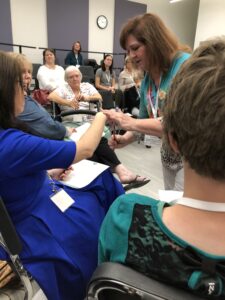
Diana’s presentation was fun to watch as she literally had a little “toolbox” (aka pencil case) that she gives each of her students. A Suzuki teacher, Diana starts students with lessons as young as 2 and 3 years old. She stressed that all the tools in the toolbox can be used with students this young. Her “assistant”, at the presentation was a past student, a young adult now, who started lessons with Diana when she was just 3 years old.
If you are familiar with Irina Gorin, you probably have seen many of her technique tools. Diana shared some of the same tools but had many other different tools in her toolbox as well. With creativity, most anything can become a technique tool.
Some examles would be fuzzy sticker where students are petting the fur and then transferring the same concept to the piano. A bendo toy can ride on the wrist. Add a story that will go along with the fall/rise of the wrist keeping the toy riding along on the wrist.
A shark swims along looking for drooping wrists. Don’t let let the shark get you! Sweetheart candies are the speical notes that need an “extra hug” (extra attention).
Diana reminds us, if you don’t ask for it in a bit motion to start, you aren’t going to get it. Oh, isn’t this so true? Students tend to hold back so ask for big and it will end up coming out just right most of the time.
Fitting it All In: Ulitzing Group Classes to Get Beyond the Fundamentals
By Clara McDonald
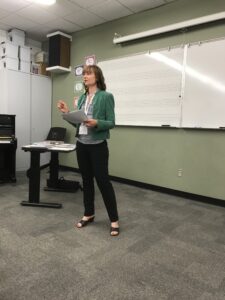
Clara first had us brainstorm of all the things we would like to do during our weekly lesson. Then we looked at our list to see how much of those things do we really get to? What would be on your list?
Clara shared with us her process of running group classes in her studio. She schedules 4 group classes during the year. With each group class she breaks it up into 4 parts.
- Game/Activity
- Performance Practice
- Music History/Composer
- Improvise/Compose
Her group classes range from 60-90 minutes depending on the age of those groups. She also suggests to leave a 15 minute break between the classes.
In this presentation, Clara had us participate in a rhythm cup activity by Wendy Stevens and an improvisation activity for a couple examples and ideas we can do in our group classes with our students.
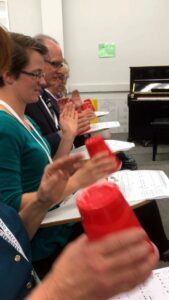
Just a side note, Clara recently published some scale books called Piano Patterns. I will be reviewing her books soon, so keep your eye out for it on the blog later!
Spruce up your studio look with Photo and Video Apps-
By Jared Immerman
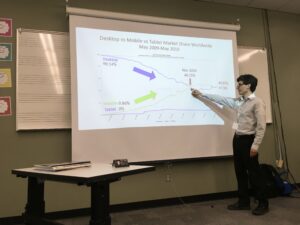
There are many photo and video apps that one can use. InShot, a free app is the one that Jared prefers and in this presentation after recording a couple live performances from the teacher volunteers in the room, he walked us through how to use it.
What I thought was most interesting was some of the statastics he shared with us. As of May 2019, Desktop vs Mobile vs. Tablet Market share worldwide, desktop came on top as the most used. However if you combine mobile and tablet together under the same category then it would come a little more then desktop. (I personally would put mobile and tablet in the same category as a tablet is a form of a mobile device)
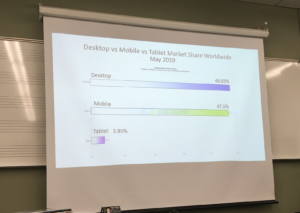
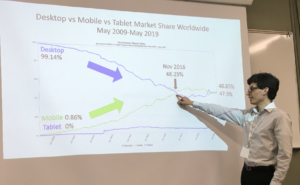
Here you can see where it started in May 2009 to where it is now- worldwide…
Then some U.S. statistics… again, very similar to worldwide.
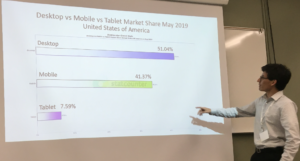
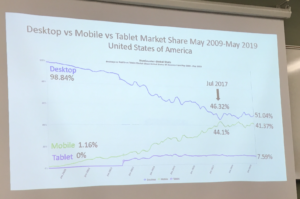
I think as time progresses we will eventually see mobile be much higher than desktop. Though I personally prefer working mostly on a desktop when at all possible. How about you? What do you find you prefer or mostly use?
Conference Roomie
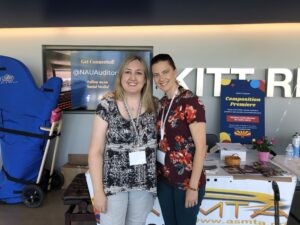
Over 10 years ago (I really need to figure out how long it’s been), Lynnette Barney and I started rooming together at conferences. Even when the conference might just be 10 minutes away from where we live, we still stay at the conference hotel. It’s been a blast and I always look forward to our time together.
Did you miss Part 1? Read it here.
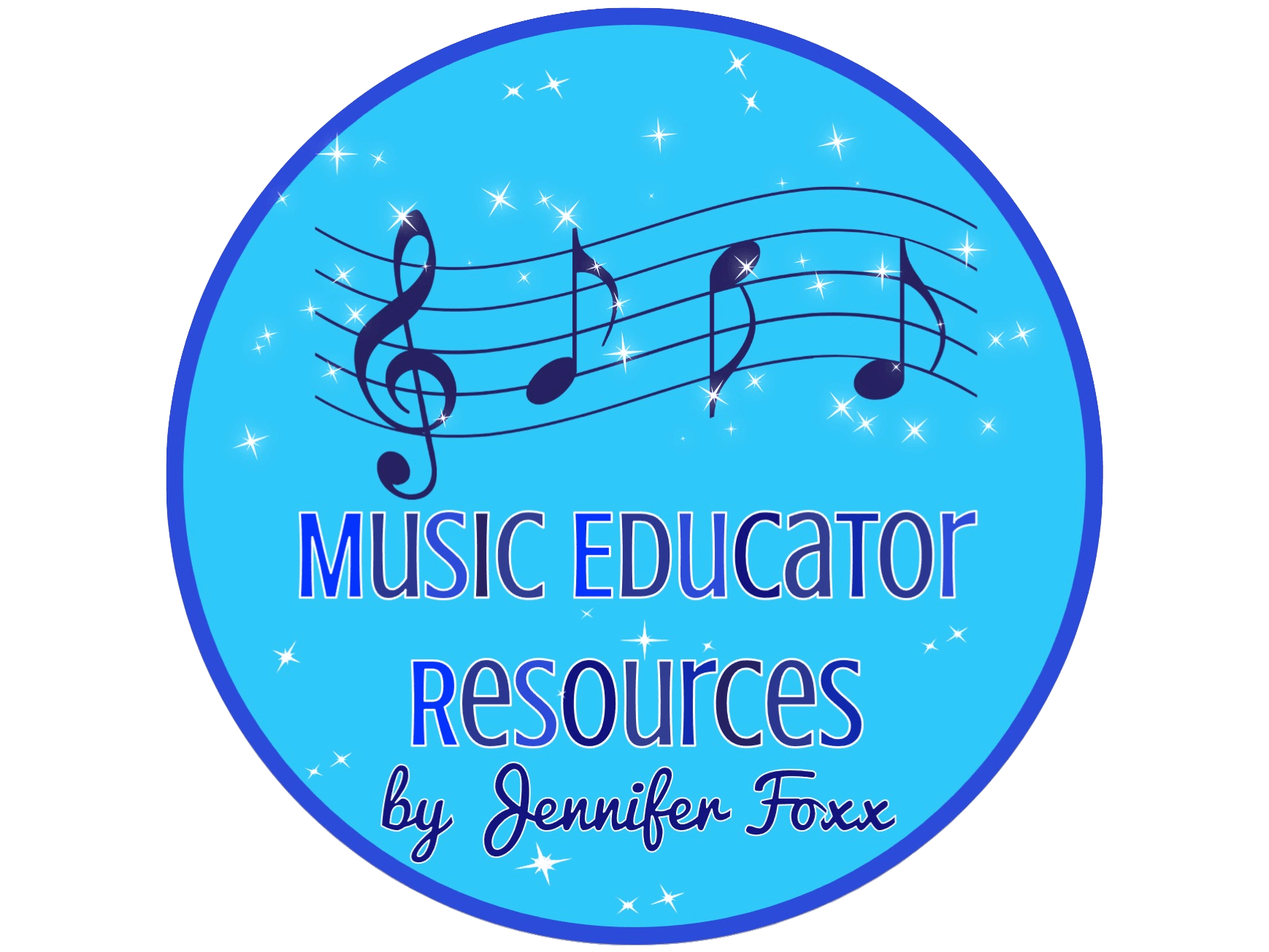
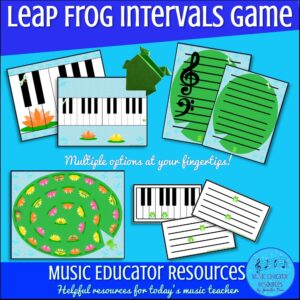
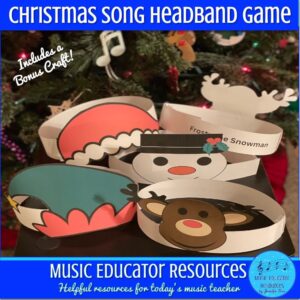
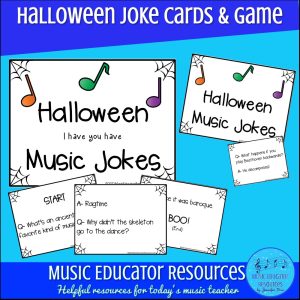
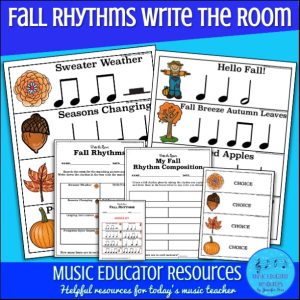
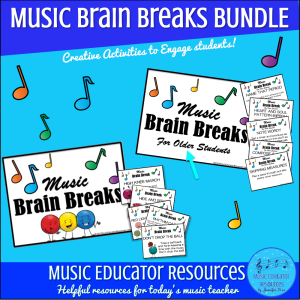
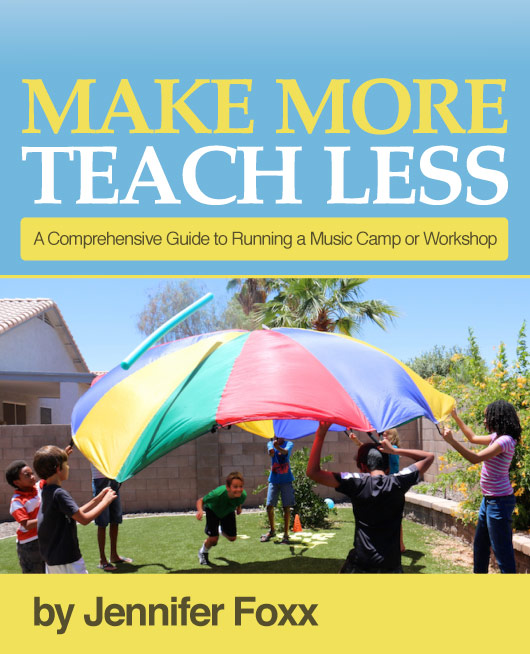
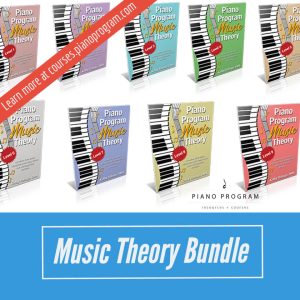
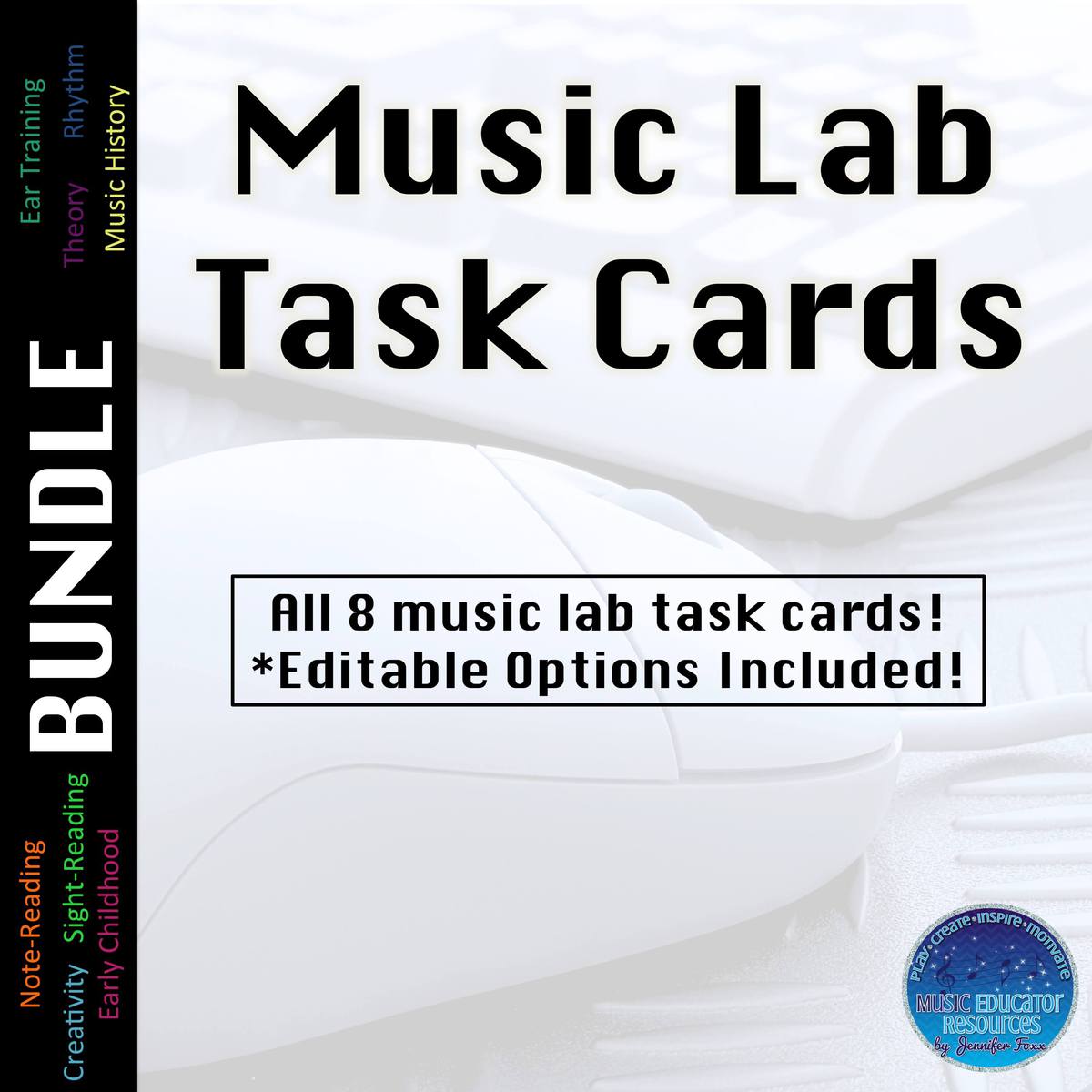
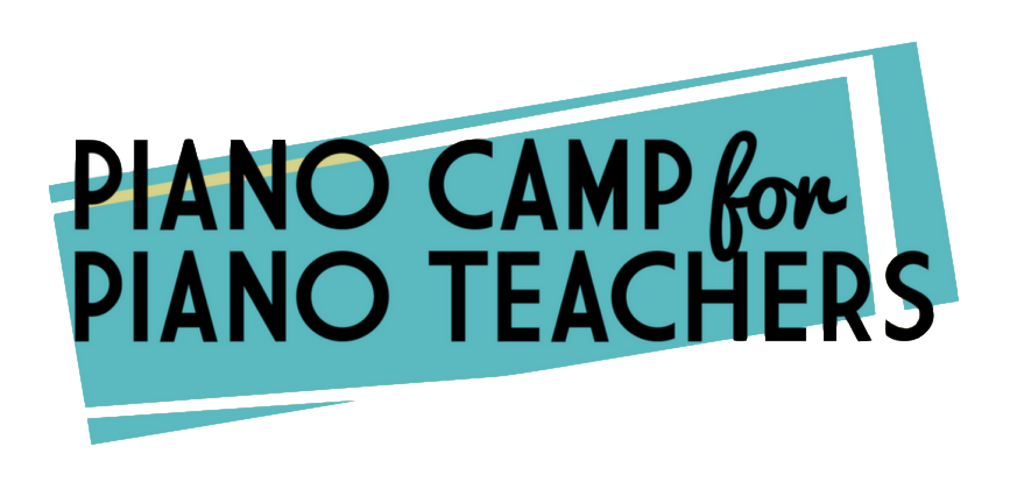
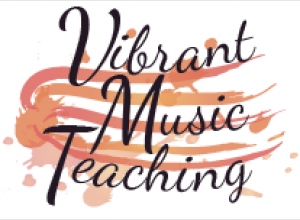

Hi Jennifer! Thanks for including me in your conference overview. The Rhythm Cups are one of my favorite resources! We used them today in our group class, actually. It was a treat to meet you in person and I look forward to crossing paths more in the future!
So happy to meet you Claire! 🙂